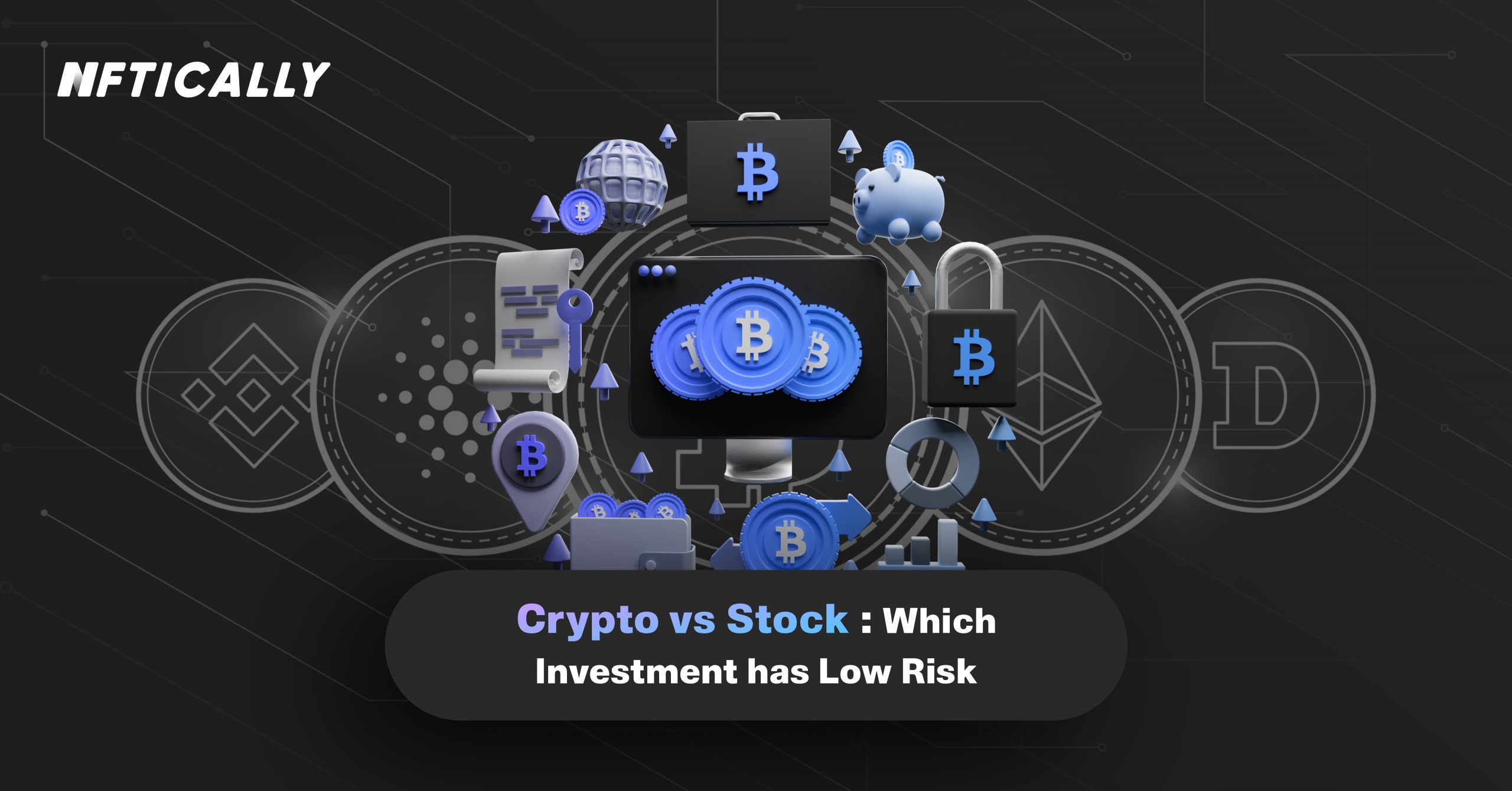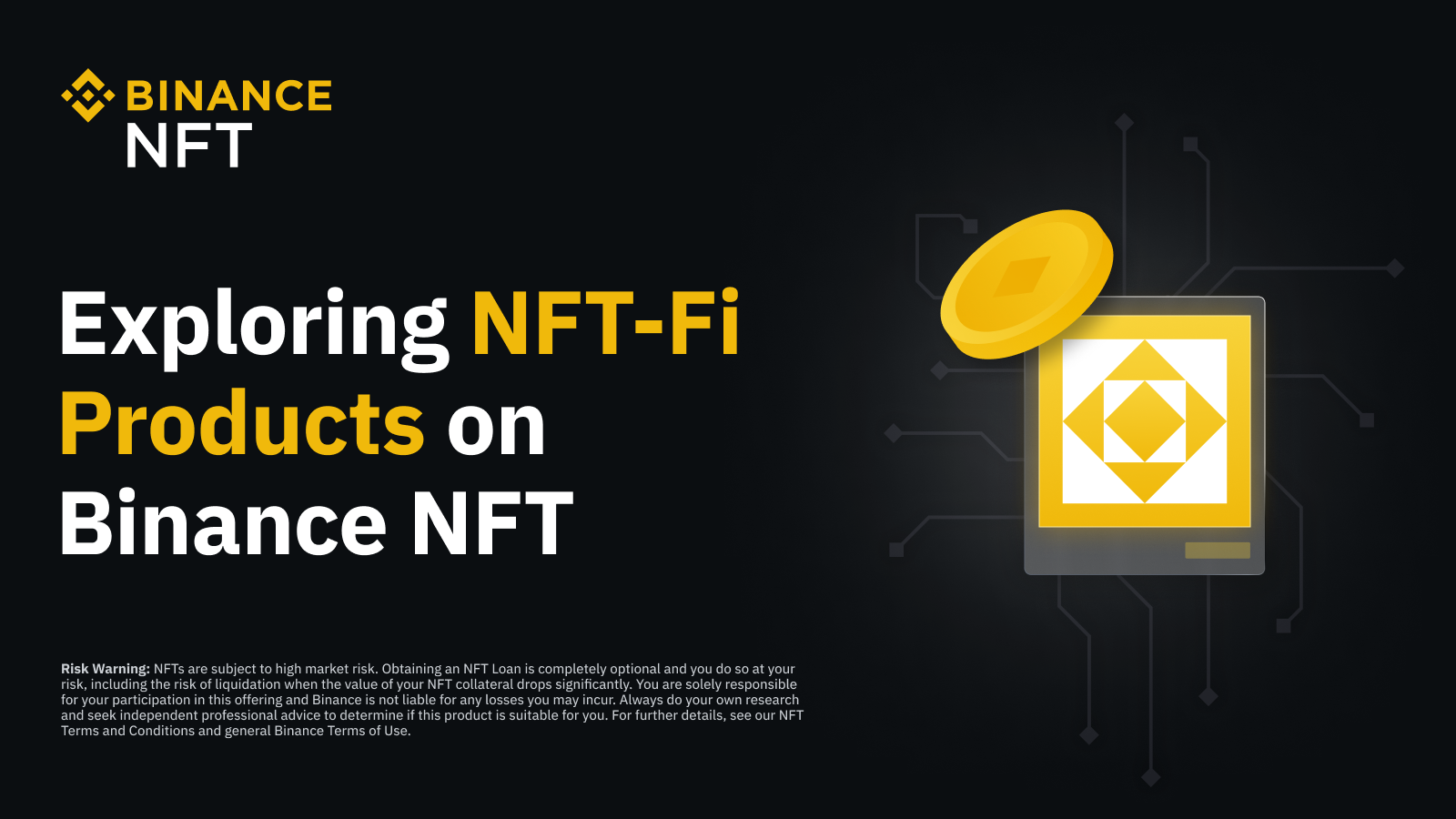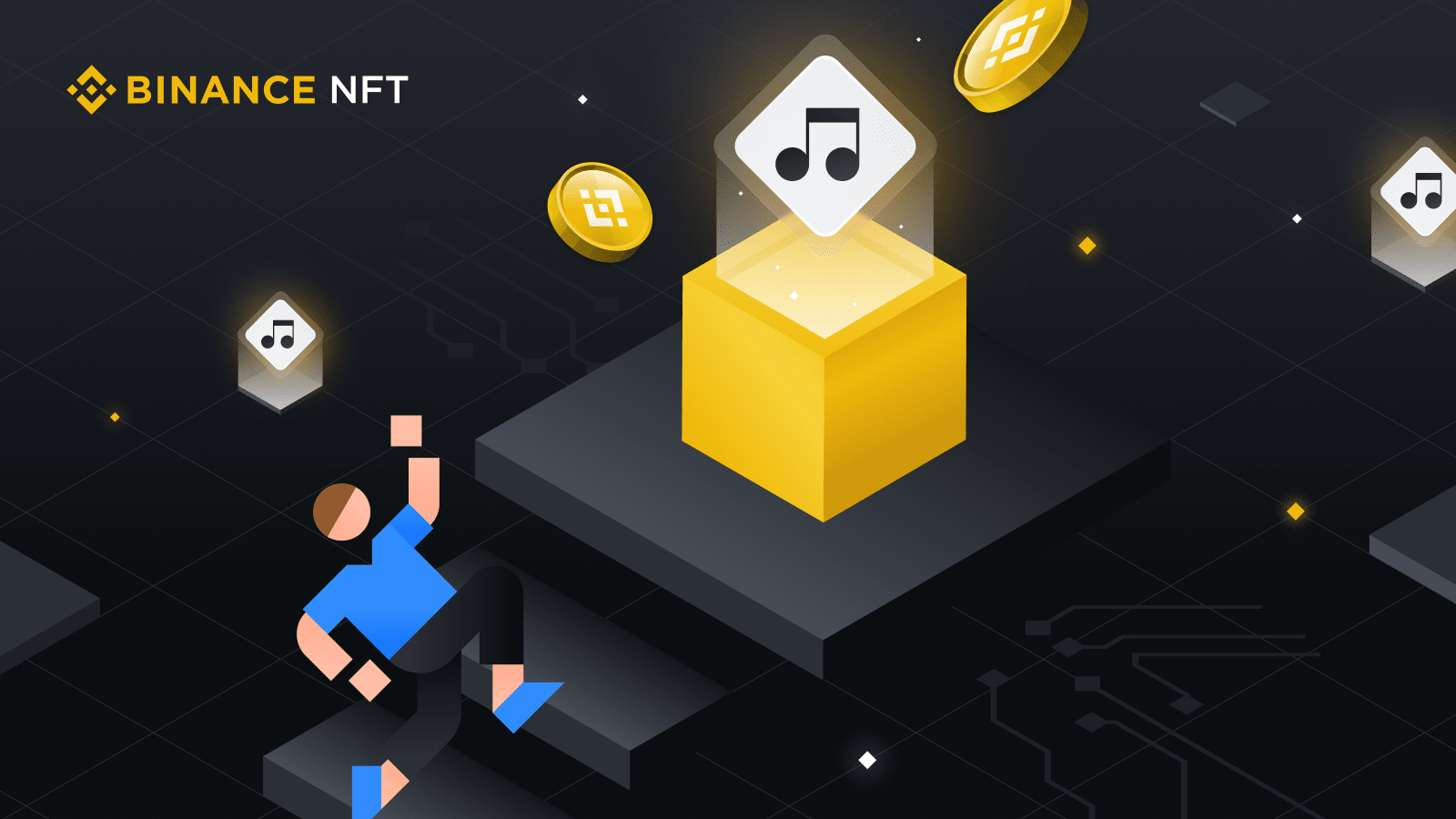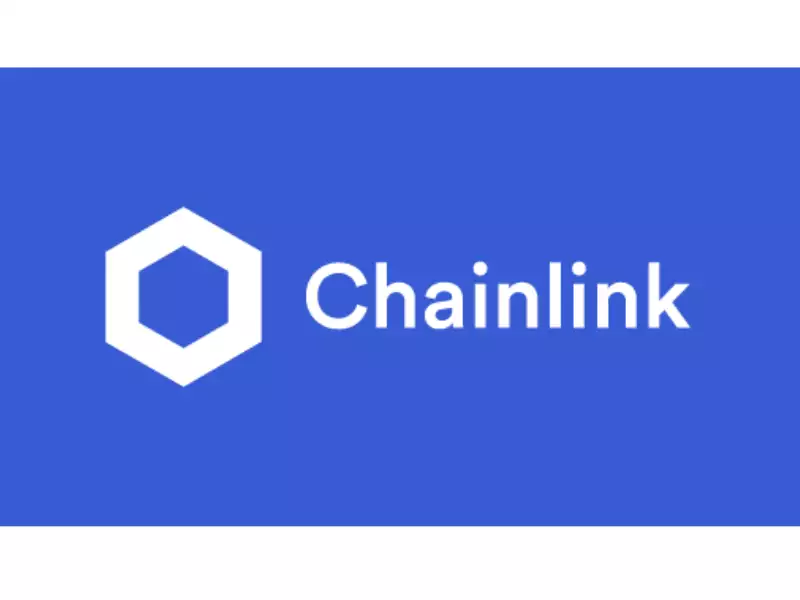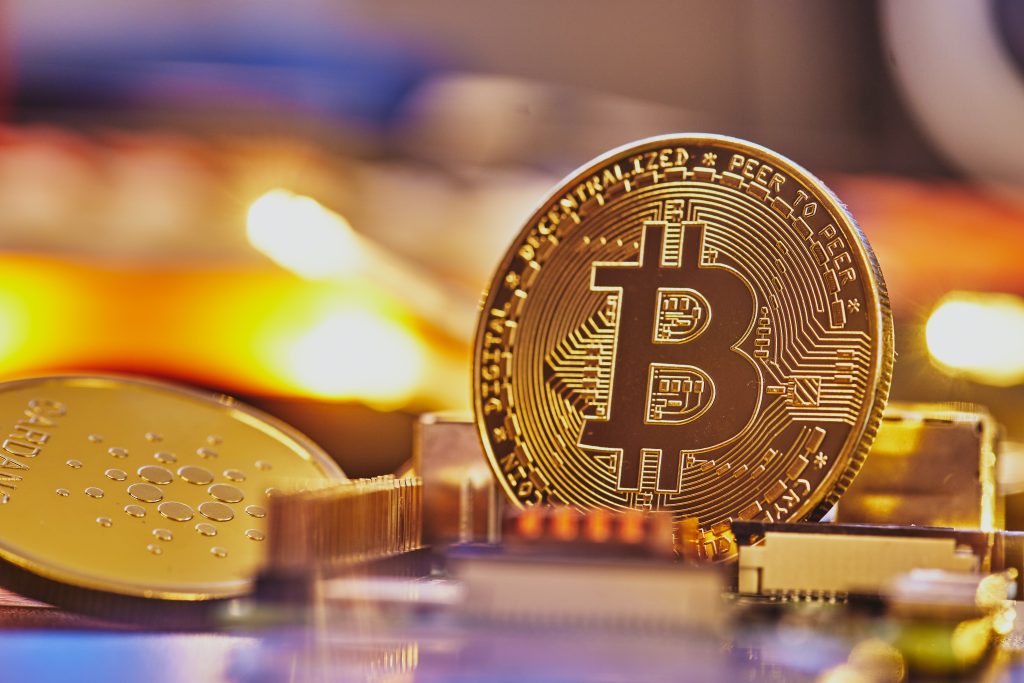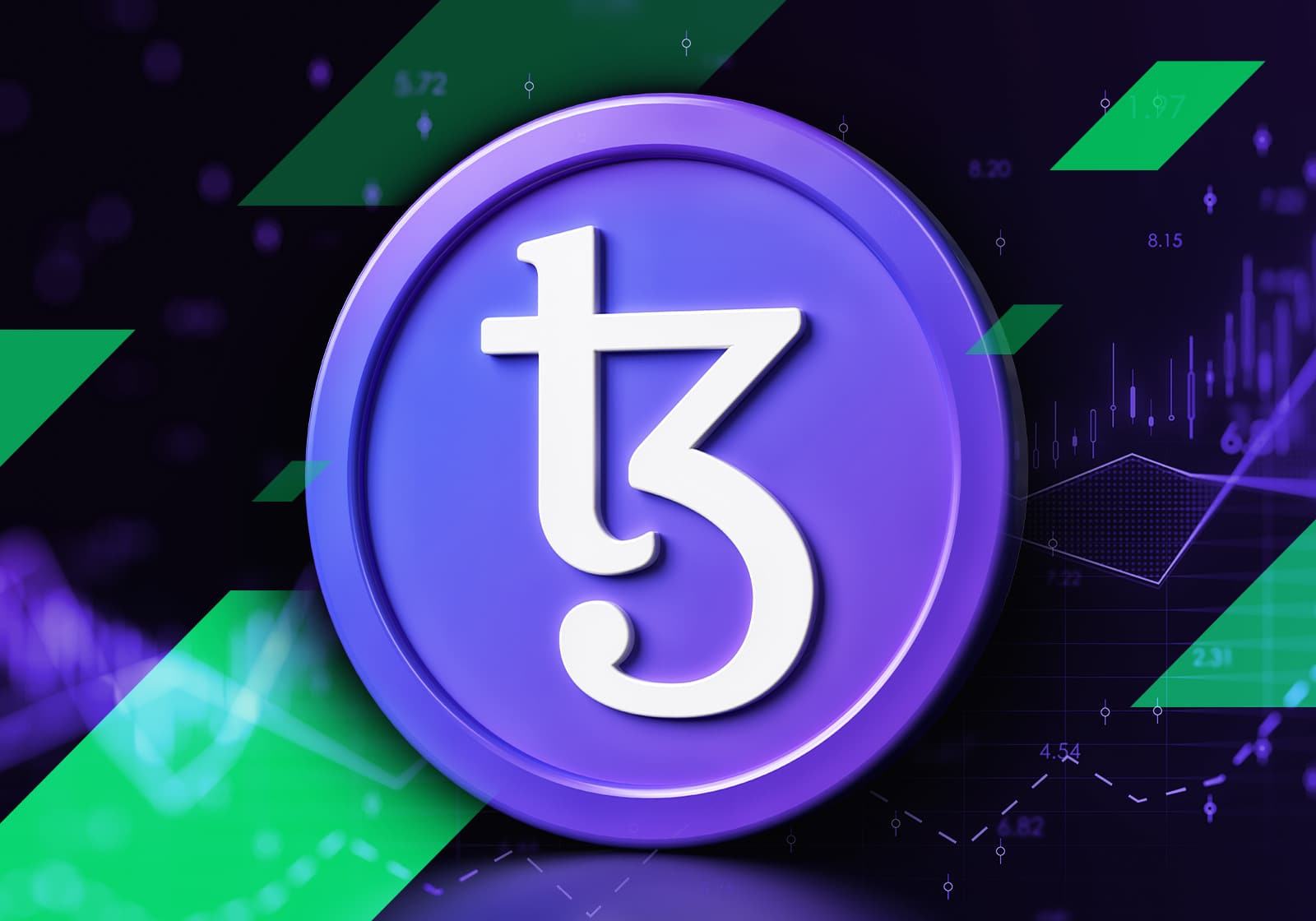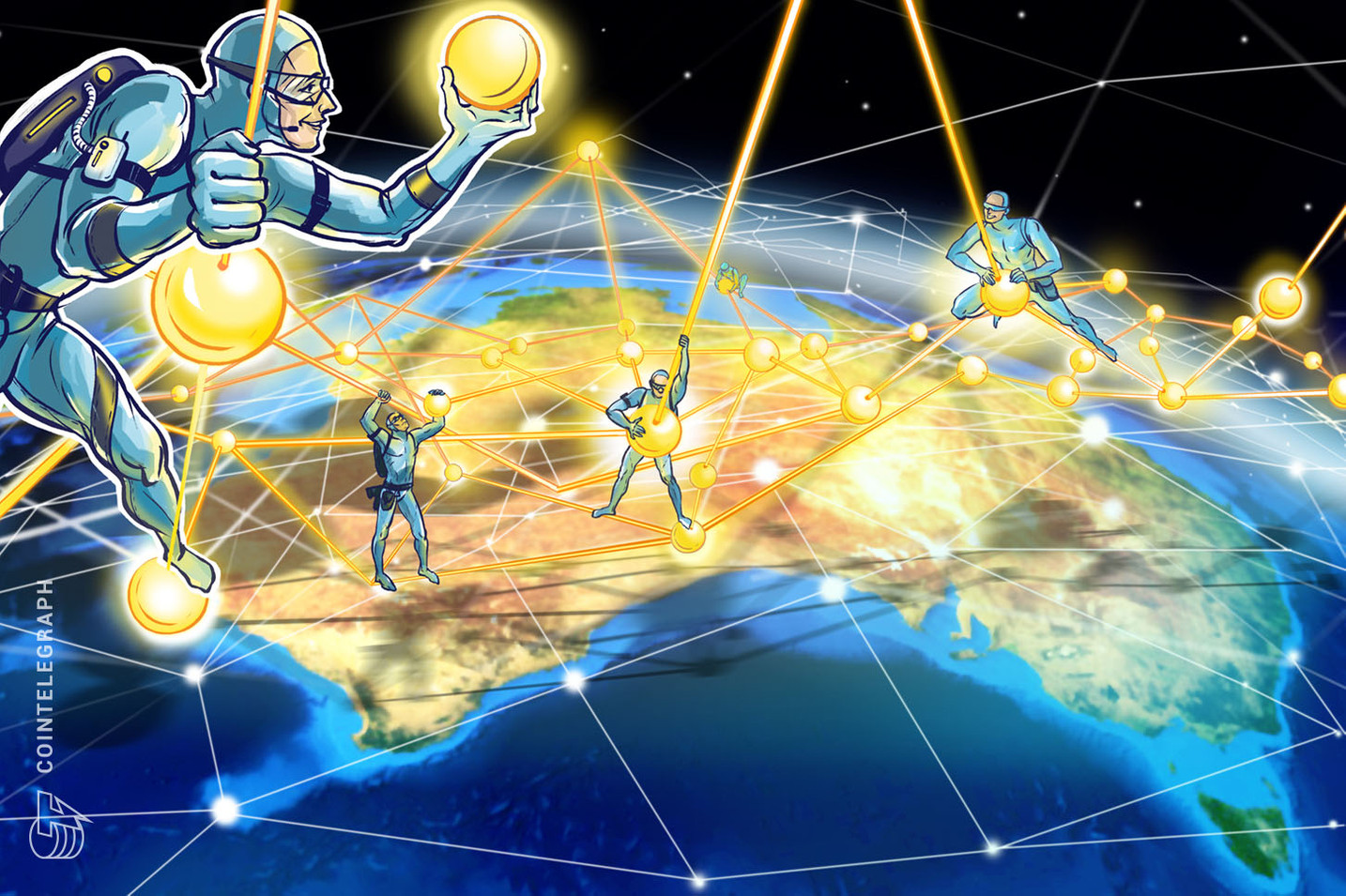Which Tools Should You Use To Create NFT Artwork
Discover the best NFT artwork tools to create stunning digital art. Explore NFT creation options with NFT Artwork Tools
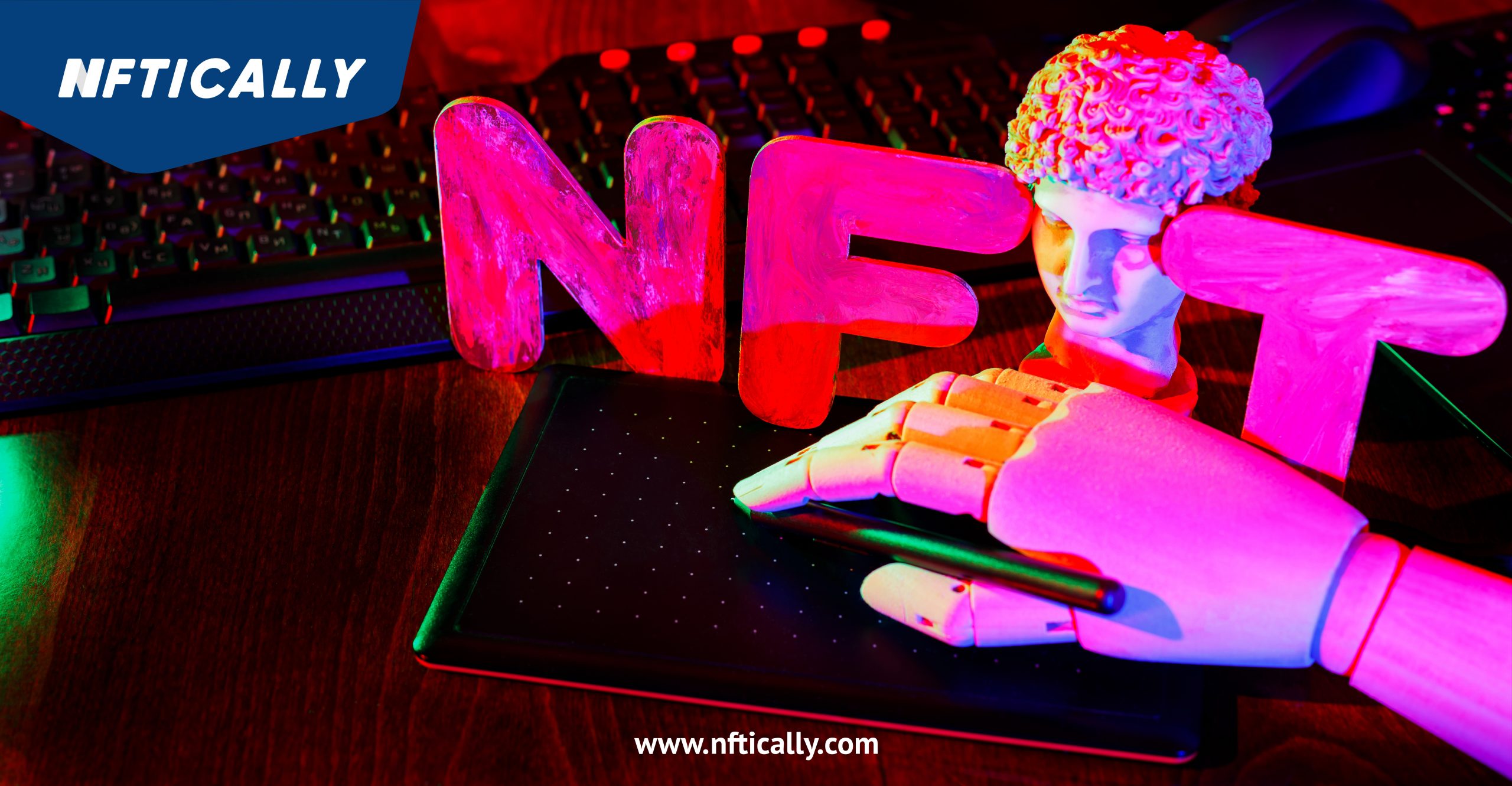
In recent years, the NFT (Non-Fungible Token) market has gained immense popularity. NFTs have revolutionized the art world, allowing creators to tokenize their digital artworks and sell them in a decentralized marketplace. As a result, the NFT market price has soared, making it an attractive space for artists and collectors alike. If you're an artist looking to dive into the world of NFTs, it's essential to understand the tools and platforms available for creating NFT artwork. In this guide, we will explore the best tools for creating NFT artwork, taking into account keywords like "nft market price," "nft tokens price," "best nft gaming," "nft price chart," "nft blockchain," "best nft marketplaces," "nft marketplaces," "nfts for sale," and "nft price."
Chapter 1: Understanding NFTs and Their Market Price
Before diving into the tools for creating NFT artwork, it's crucial to grasp the basics. NFTs are unique digital assets stored on a blockchain, and they have brought a digital revolution to the art industry. The?NFT market price?can vary significantly, with some rare NFTs selling for millions of dollars. The price of NFT tokens is influenced by factors such as rarity, demand, and the reputation of the creator.
Chapter 2: Best NFT Gaming Platforms
NFT gaming is one of the most exciting aspects of the NFT market. Gamers and artists can collaborate to create unique in-game items, characters, and skins that can be bought and sold as NFTs. Some of the best NFT gaming platforms include Axie Infinity, Decentraland, and CryptoKitties. These platforms provide tools and templates for creating NFT gaming assets.
Chapter 3: NFT Price Chart Analysis
To succeed in the NFT market, you need to stay updated on NFT price trends.?NFT price charts, available on various websites, provide historical data and insights into the NFT market's performance. These charts help artists and collectors make informed decisions regarding their NFT investments.
Chapter 4: NFT Blockchain and Its Significance
NFTs are stored on various blockchains, with Ethereum being the most popular choice. Understanding the blockchain technology that underpins NFTs is essential. Ethereum's blockchain offers robust smart contract capabilities, which are crucial for creating and trading NFTs. Knowledge of blockchain technology is vital when choosing the right tools for creating NFT artwork.
Chapter 5: Best NFT Marketplaces
NFT marketplaces are the platforms where creators can mint and sell their digital assets. The?best NFT marketplaces?offer user-friendly interfaces and attract a significant audience. Some top NFT marketplaces include OpenSea, Rarible, and SuperRare. These platforms provide the tools and infrastructure for minting NFTs and listing them for sale.
Chapter 6: Creating and Minting NFTs for Sale
Now, let's explore the tools you can use to create NFT artwork. The process typically involves selecting a digital artwork, minting it on a blockchain, and listing it for sale. Tools like OpenSea and Rarible offer intuitive interfaces for artists to mint their NFTs. They also allow for customization, including setting royalties for future sales.
Chapter 7: The Importance of NFT Price
The price at which you list your NFTs plays a critical role in their success. Artists should consider factors like rarity, demand, and comparable sales when determining the NFT price. Additionally, pricing your NFTs competitively can attract more potential buyers.
Chapter 8: Promoting Your NFT Artwork
Creating NFT artwork is only the first step; promoting it is equally important. Utilize social media, art communities, and NFT marketplaces to showcase your work. Engage with potential buyers and collectors to build a reputation in the NFT art community.
Chapter 9: Navigating the Evolving NFT Ecosystem
The NFT space is continuously evolving. Stay updated with the latest trends, news, and technological advancements in the NFT market. Adapt to changes and explore new tools and platforms that can enhance your NFT artwork creation and sales.
Chapter 11: Embracing the NFT Revolution
The NFT revolution has changed the way artists think about and create art. It has given them newfound freedom and opportunities to monetize their digital creations. This transformation can be seen as both an artistic and financial revolution. Artists can focus on their passion and be rewarded for their creativity, making it more accessible to emerging talent.
Chapter 12: NFTs and the Wider Digital Art World
NFTs have bridged the gap between traditional and digital art, leading to a renaissance of the digital art world. Artists can now create, distribute, and profit from their work in ways previously unimaginable. NFTs have democratically empowered artists, making it possible for anyone to break into the art market, regardless of their background or location.
Chapter 13: The Future of NFT Art
The NFT art space is continually evolving. As technology advances and the concept of digital ownership becomes more prevalent, the NFT ecosystem will likely continue to expand. Keeping an eye on emerging trends, such as augmented and virtual reality NFTs, can provide unique opportunities for artists to explore new frontiers in digital art.
Chapter 14: Diversifying Your NFT Portfolio
In the world of NFTs, diversification can be key to long-term success. As an artist, you might want to consider creating different types of NFTs to attract a broader audience. These could include digital illustrations, 3D art, music, or even virtual real estate. A diversified NFT portfolio can help you maximize your earnings and reach.
Chapter 15: Staying Informed on NFT Market Price
To be successful in the NFT market, it's vital to stay informed about market dynamics,?NFT marketplaces,?and emerging trends. Continuously research and follow influencers, artists, and collectors on social media, NFT-specific forums, and news outlets. Keeping an eye on the NFT market price and analyzing data can help you make informed decisions about your artwork and investment.
Chapter 16: Creating NFT Art with SEO-Friendly Tools
Optimizing your NFT art for search engines is essential for visibility in the competitive NFT market. When using NFT creation platforms and marketplaces, ensure you fill in comprehensive and descriptive titles, descriptions, and tags. This can improve your artwork's discoverability when potential buyers search for keywords like "nft price," "nft marketplace," and "nft tokens price."
Chapter 17: Building a Strong Online Presence
In addition to SEO-friendly tools, having a strong online presence can be a game-changer. Utilize social media platforms, personal websites, and artist profiles on NFT marketplaces to showcase your portfolio. Engage with your audience, collaborate with other artists, and participate in the NFT community to boost your reputation and following.
Chapter 18: The Ethical Side of NFTs
NFTs have sparked important discussions around environmental concerns and copyright issues. When creating NFT artwork, consider the environmental impact of the blockchain you choose and strive to minimize it. Also, respect intellectual property rights and ensure you have the legal rights to tokenize and sell your digital creations.
Chapter 19: NFT Art as an Investment
Some buyers view NFTs as investments rather than art collections. As an artist, understanding this perspective can help you create art that appeals to both collectors and investors. NFTs can be a store of value, and their future price potential can attract those looking to diversify their investment portfolios.
The world of NFT artwork creation is full of opportunities for artists and collectors. Understanding the NFT market price, NFT tokens price,?best NFT gaming?platforms, NFT price chart analysis, NFT blockchain, best NFT marketplaces, and strategies for NFT creation and promotion is essential. By utilizing the right tools and staying informed, you can carve your niche in this exciting and rapidly growing industry.
What's Your Reaction?







